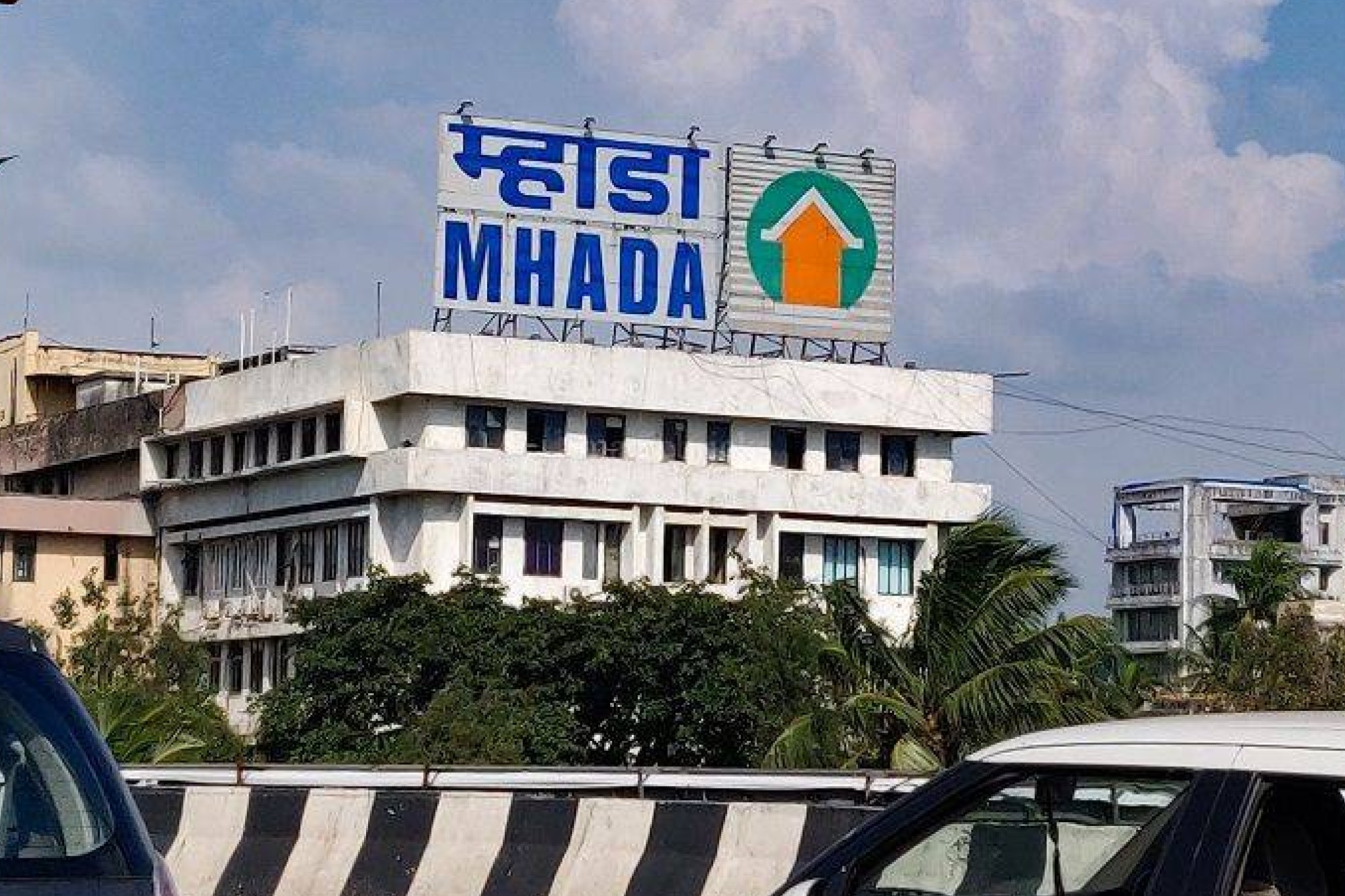
MHADA’s Strategic Takeover of SVP Nagar Redevelopment: A Model in Planned Urban Housing
Mumbai’s Sardar Vallabhbhai Patel (SVP) Nagar, one of the city’s largest MHADA colonies, is entering a new phase of urban redevelopment under a focused and centralized approach. Housing 2,666 families across 98 cooperative societies, the colony represents a critical segment of Mumbai’s public housing framework. The redevelopment will now proceed exclusively through MHADA’s Construction & Development (C&D) agency, reflecting a deliberate policy choice to maintain oversight, ensure coordinated planning, and safeguard residents’ interests. This strategy underscores the importance of governance in urban housing, particularly in densely populated cities like Mumbai, where fragmented redevelopment can exacerbate social inequities and infrastructural inefficiencies.
Reports of private developers approaching individual societies with standalone redevelopment proposals prompted MHADA to clarify that such initiatives would not be sanctioned. IAS Sanjeev Jaiswal, Vice President of MHADA, emphasized that the project will be executed entirely through MHADA’s C&D agency, consistent with the cabinet’s decision. By centralizing authority under this framework, MHADA ensures a uniform vision for SVP Nagar, aligning housing, infrastructure, and public amenities under a single, accountable plan. For residents, this eliminates uncertainty, guarantees equitable access to community resources, and reduces the risk of fragmented development that can occur when multiple actors operate independently.
Centralized Oversight for Coordinated Urban Development
Executing SVP Nagar’s redevelopment through MHADA’s C&D agency represents a deliberate administrative strategy to combine regulatory control with urban planning efficiency. Centralized oversight allows the authority to implement consistent design standards, monitor construction quality, and enforce safety and environmental norms across all 98 societies. A colony of this scale demands integrated planning, which includes the optimization of roads, utilities, green spaces, and public facilities. By retaining authority over these decisions, MHADA not only ensures functional infrastructure but also facilitates long-term urban resilience.
Governance and Resident Welfare as Core Principles
The decision highlights the link between governance and citizen welfare in urban housing projects. Centralized redevelopment prevents the selective prioritization of private interests over collective needs, ensuring that all residents benefit from well-designed living spaces. By incorporating parks, schools, and community centres into the redevelopment plan, MHADA demonstrates a commitment to social infrastructure beyond housing. Sanjeev Jaiswal’s leadership reinforces the principle that urban redevelopment must balance infrastructural modernization with equitable access to communal amenities, thereby improving the quality of life for all residents.
Addressing Systemic Urban Challenges
Mumbai’s urban landscape is characterized by high density, fragmented redevelopment, and limited public space. SVP Nagar’s redevelopment represents a proactive response to these challenges. Centralized planning mitigates uncoordinated construction, prevents over-utilization of available land, and ensures that public spaces are preserved and enhanced. Integrating community parks, pedestrian pathways, and civic amenities into the design not only improves liveability but also supports broader goals of environmental sustainability, social cohesion, and urban health. This project demonstrates how strategic, government-led intervention can address structural inefficiencies in housing and urban planning.
Resident Engagement and Transparent Implementation
An often-overlooked dimension of redevelopment is community participation. MHADA’s approach includes transparent communication with residents regarding design approvals, timelines, and construction processes. By fostering engagement, the authority ensures that redevelopment decisions are informed by local needs and preferences. Participatory planning reduces disputes, strengthens accountability, and ensures that the final outcome reflects the aspirations of those who inhabit the colony. This focus on resident involvement exemplifies a governance model where administrative efficiency and citizen-centric planning coexist.
Long-Term Urban Vision
SVP Nagar’s redevelopment offers insights into the potential of systematic urban planning in public housing. By consolidating redevelopment under MHADA’s C&D agency, the project maximizes land use efficiency while embedding social and infrastructural equity. The inclusion of communal amenities, compliance with safety and environmental standards, and adherence to a cohesive architectural plan position the project as a benchmark for large-scale redevelopment initiatives in Mumbai and other metropolitan areas. It illustrates how government-led housing projects can harmonize modernization, sustainability, and inclusivity.
Conclusion: A Case Study in Strategic Urban Redevelopment
The SVP Nagar initiative, under the guidance of Sanjeev Jaiswal, demonstrates a methodical, analytical approach to urban redevelopment that prioritizes long-term planning, resident welfare, and infrastructural integrity. With 2,666 families set to benefit from integrated housing, community facilities, and improved amenities, the project highlights the value of centralized oversight and governance in complex urban environments. As Mumbai continues to grapple with high-density residential clusters and unplanned redevelopment pressures, the SVP Nagar model offers a replicable framework: combining administrative foresight, stakeholder engagement, and sustainable planning to achieve equitable and functional urban spaces.
